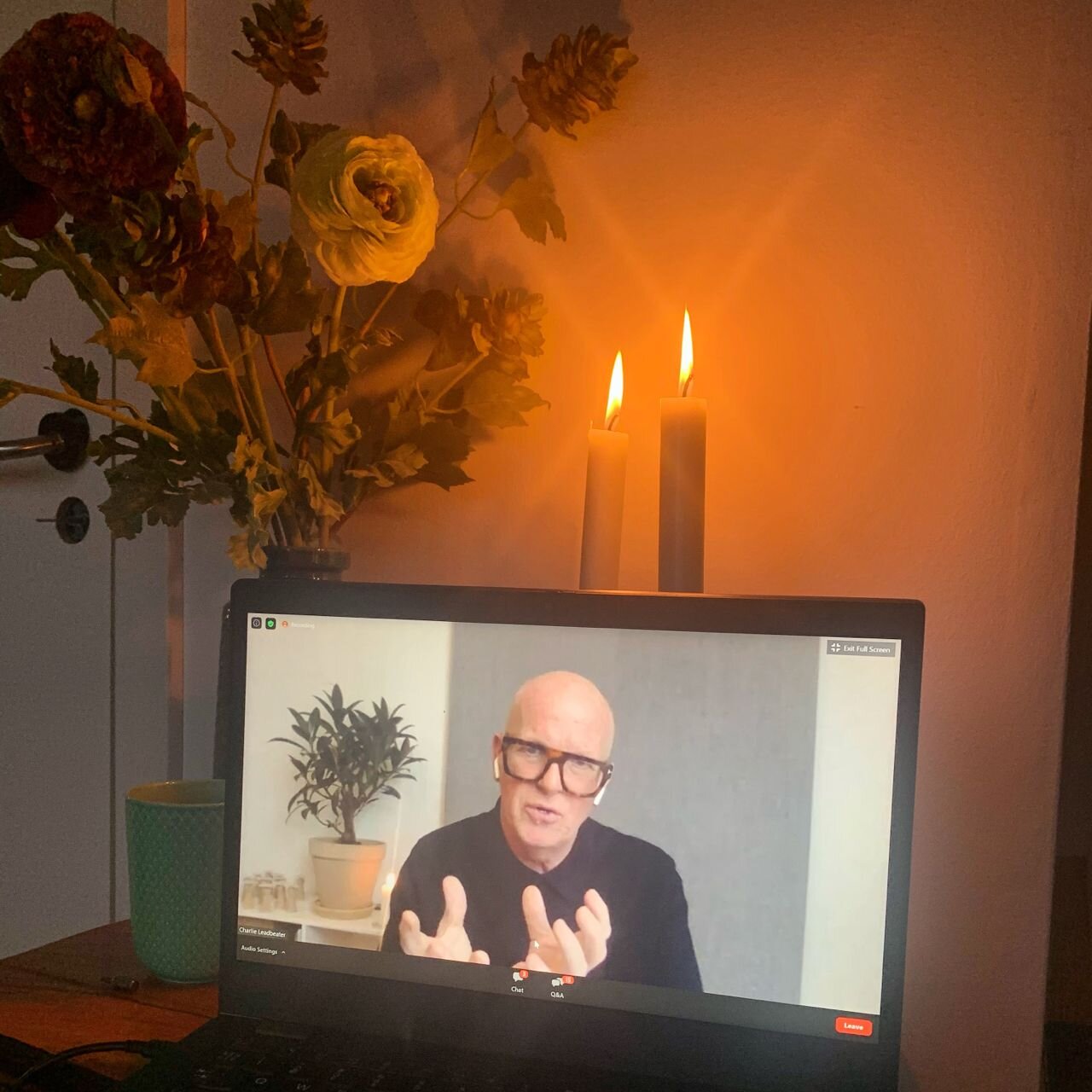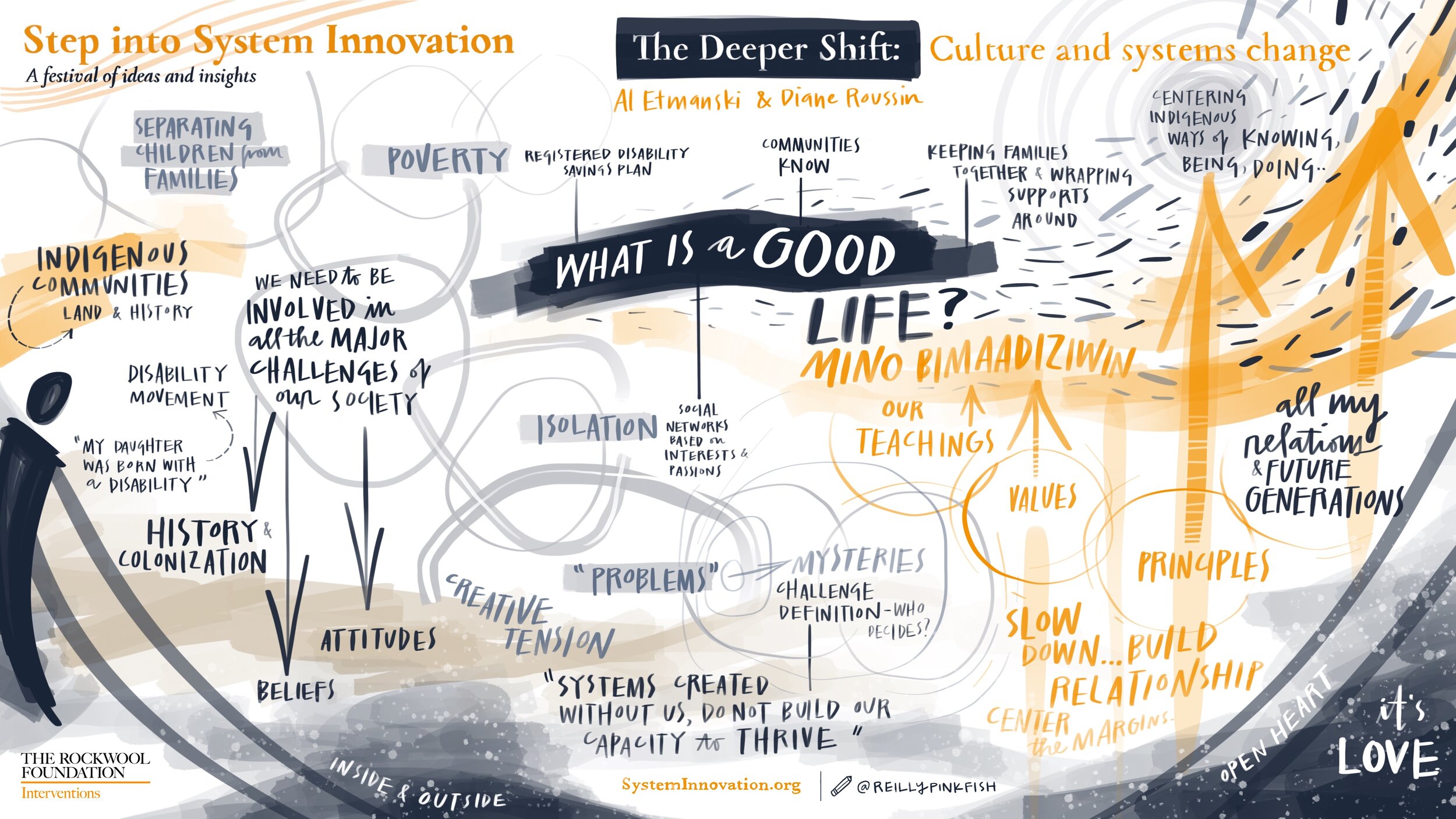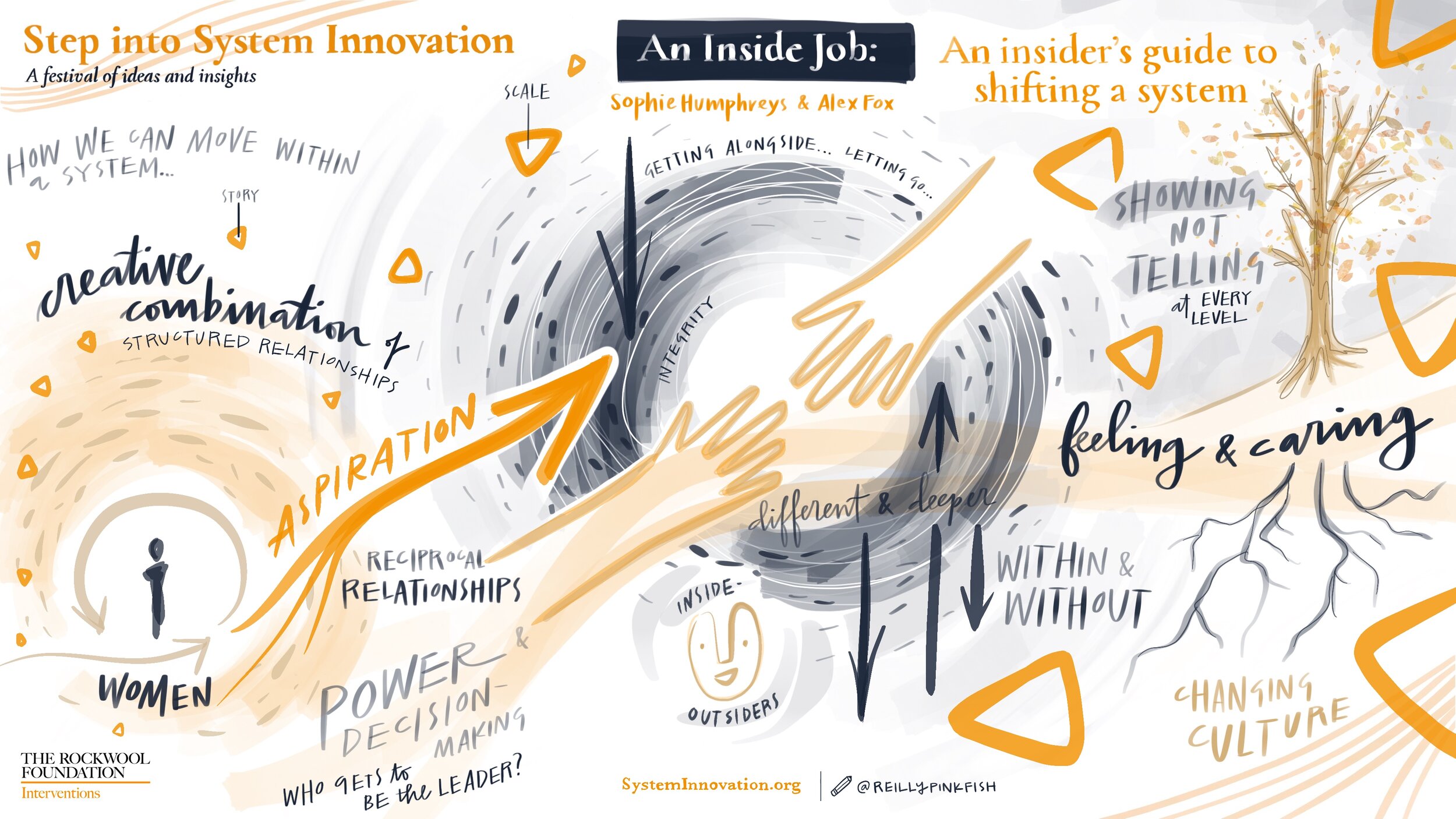
Make New Maps
Lesson Five from our Learning Festival: Shifting a system requires us to make new maps to make sense of the journey, as it unfolds, reading the shifting landscape, learning from one another’s reports, deciding on possible new destinations and correcting our course.

Reframing Finance
Lesson Four from our Learning Festival: It’s impossible to shift systems - the purpose they serve, the power they exert, the way they deploy resources - without shifting the systems that finance them. System innovation and financial innovation go hand in hand. To bring new systems to life system shifters need to inject resources into and release resources from systems to remake them.

Coherence creates leverage
Lesson Three from our Learning Festival: Helping people to find a sense of coherence in the way they work together and what they are working for, is especially powerful in complex systems, in which there are many players, sometimes pulling in different directions. People who shift systems help to provide a new sense of coherence.

See the Big in the Small
Lesson Two from our Learning Festival: System shifters are grounded, practical people. But they work with a bigger picture in mind, one which shows where they sit in the larger systems they want to influence and the alternative, better system they are trying to create. They are practical visionaries, creating practical solutions which carry the kernel of an alternative system.

Start from the possibility not the problem
Lessons One from our Learning Festival: System shifters are not defined by the vehemence of their critique of what is wrong with systems. What stands out about them is how they marry this to a sense of possibility: a belief that a different, better system is possible. They encourage people to step into that possibility with them.

How to Shift a System
Over 5 days our Making the System Shift Learning Festival will explore a set of linked challenges involved in shifting a system encapsulated in these three questions: Why should shifting a system be the goal of social innovation? What shifts within a system to generate change at scale? How does it happen? Who does what when a system shifts? Who invests in systems change and how do we evaluate whether progress is being made?

Systems Innovation in Three Movements
We called it a festival because we wanted it to be more than a conference, to convey something of the richness of perspectives that we hoped to bring together. Looking back at the week, we hope we succeeded. We hope this cast of reflective and thoughtful practitioners of systems innovation fulfilled our ambition to encourage more deliberate, practical efforts at systems innovation to open up opportunities to create better, different kinds of social support systems.

The Spike in Innovation
The Covid pandemic will come to an end when we reach a sustained spike in social learning and innovation which is significantly higher than the spike in the spread of the virus itself. We have to spread new vaccines and treatments faster than the virus can. Everywhere governments are obsessed with reducing the R number: the number of other people who will be infected by a person with the virus. If the R number is below one, then the pandemic retreats. R is an index of our vulnerability.

Scaling in Principle
Anna Fjeldsted begins tackling challenges in a brilliant way, “well I don’t know how we could do that, but I’d really like to take the risk.” This was the premise with which Jennie Winhall opened our fascinating discussion, as she introduced her colleague Anna and began diving into the complexities of how to scale solutions, while ensuring those solutions stay true to their core purpose.

Investing in System Innovation
Chrisann Jarrett, Alex Sutton and Guilio Quaggiotto provided us with a thought-provoking snapshot of the funding side of the equation to Systems Innovation. As far-sighted funders themselves, both Guilio and Alex showed us why it’s essential we invest in continuous learning, experimentation and collaboration, rather than single-point solutions.

The Deeper Shift: Culture and systems change
As Immy Kadeep wonderfully put it, there is a “beautiful dance” that must be learned as we interact both with the current system and operate outside of it, while also acknowledging wisdoms, histories, truths, marginalised communities and future generations. Immy, and I think all of us, can see this dance being performed with finesse by both Al Etmanski and Diane Roussin, who successfully navigate through systems while also working to radically change the values, principles and mindsets that those systems were built on.

An inside Job: An insider’s guide to shifting a system
Caring is self-realisation brought about through the growth of others. That is how Milton Mayeroff defines care in his classic account On Caring. Mayeroff’s definition of care came back to me after spending more than an hour in conversation yesterday with Sophie Humphreys and Alex Fox. Our discussion highlighted a distinction central to our work at the Rockwool Foundation on systems innovation: scaling an innovation is not the same as shifting a system.

System Innovation: Why now, why you?
Donnella Meadows, the doyenne of systems thinking, famously said that shifting purpose is the most powerful lever to transform a system. Yesterday, in the opening session of our Systems Innovation Festival, Jennie Winhall guided us through an explanation of the four keys to unlock system change: power, purpose, relationships and resources. We then asked the hundreds of participants for their view, and the majority said that the most important way into systems innovation was through relationships.
